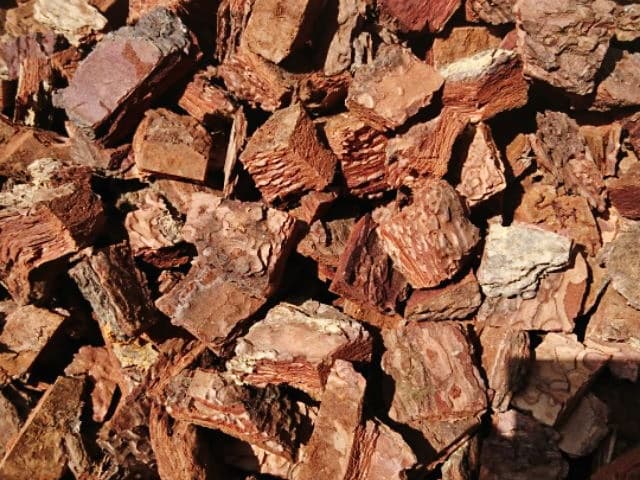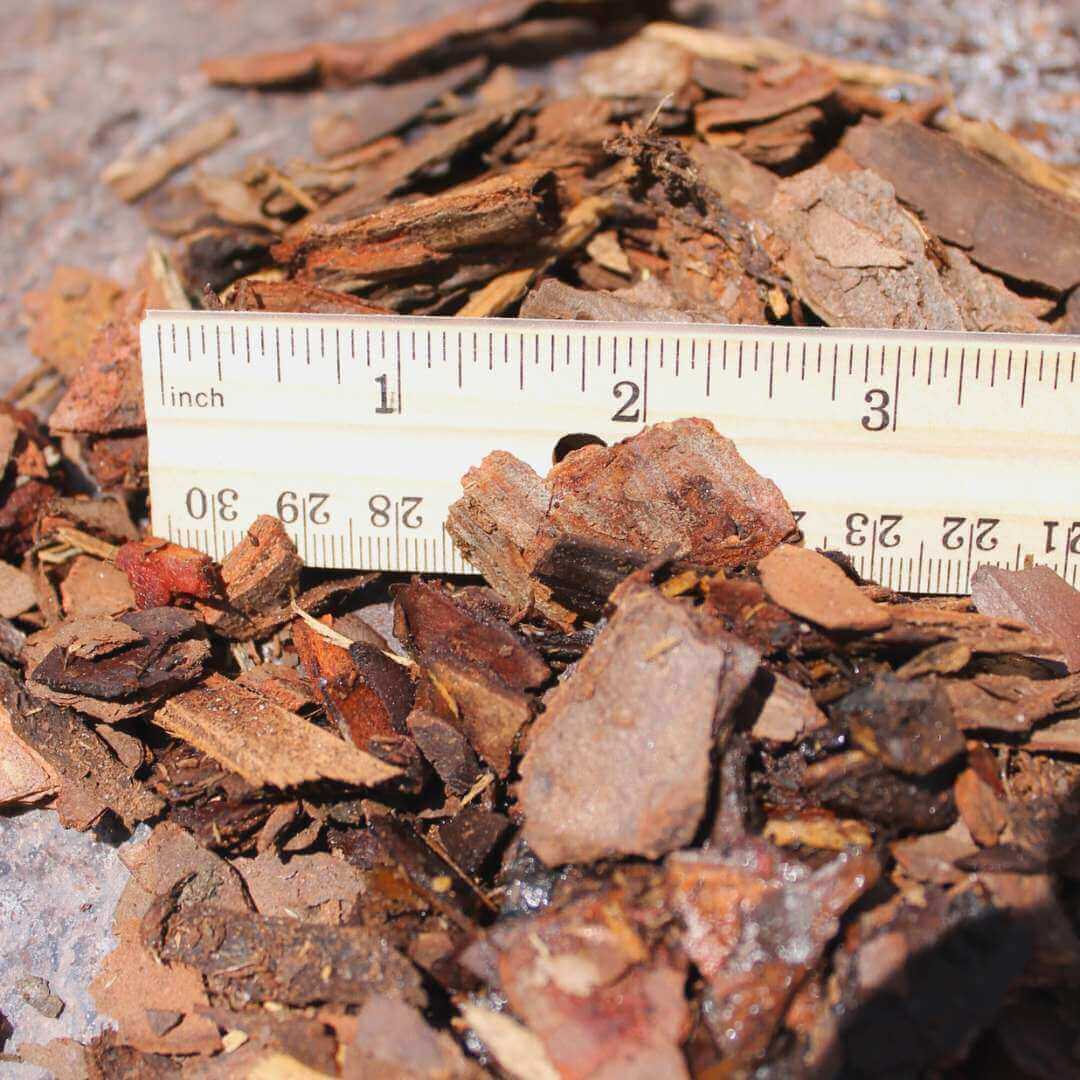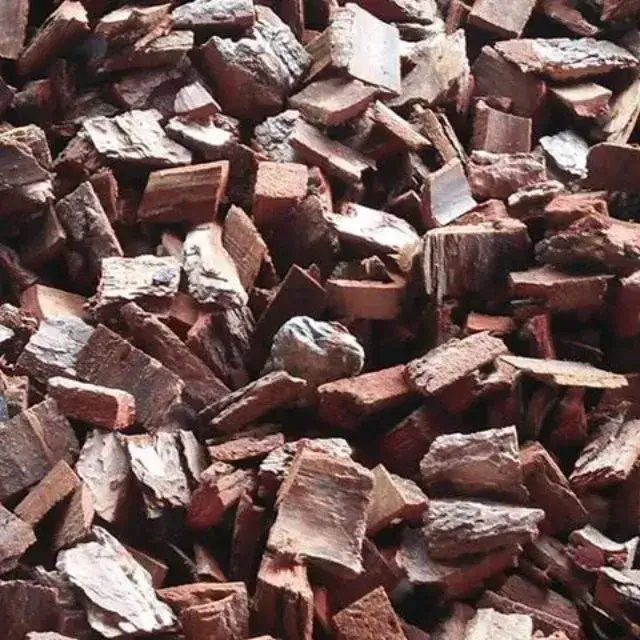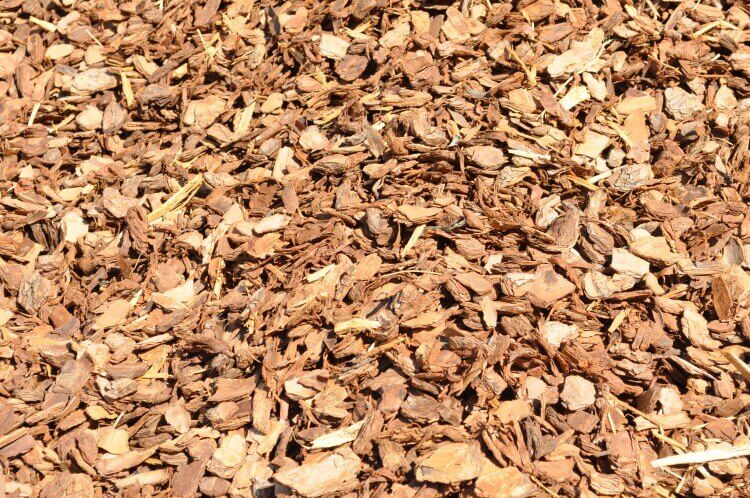Preservation of goods
Pine Bark For Export
As the global market increasingly focuses on natural and sustainable products, pine bark has emerged as a versatile resource, widely used in horticulture, landscaping, agriculture and many other industrial sectors.
This article will help you better understand the pine bark export service, including the production process, quality standards, logistics and development potential. Through that, you will have a comprehensive view to choose or participate in this promising business field.
What is Pine Bark and Why is the Demand Increasing?
Pine bark is the outer bark of pine trees, usually harvested after the pine wood has been logged for other purposes such as construction or paper production. Instead of being thrown away, pine bark is used to produce sawdust , shavings , or decorative pine bark . The reason pine bark is increasingly popular is because:
- Applications in gardening and landscaping : Pine bark helps keep soil moist, limit weeds, and increase the aesthetics of the garden or park.
- Agricultural and greenhouse support : Many gardeners and farms use pine bark as a growing medium due to its good drainage and low pest resistance.
- Soil improvement : When mixed with soil, pine bark helps increase porosity and balance pH, providing a favorable environment for plant growth.
- Industrial uses : Pine bark is also used in the production of biochar, as a natural filter, and can even be extracted for use in some pharmaceutical or cosmetic fields.
The combination of sustainability and versatility makes pine bark a sought-after commodity in the international market.

>>> See More : The Most Reputable Addresses Selling Pine Wood Pallets In Ho Chi Minh City
Global Market and Export Potential
The global pine bark market is growing rapidly because:
- Organic gardening trend : More and more consumers are favoring natural, environmentally friendly solutions.
- Landscape construction boom : From urban projects to luxury villas, the demand for using pine bark as a decorative material is increasing.
- Need to improve soil quality : Many farms and greenhouses invest in pine bark to increase farming efficiency.
- International trade opportunities : Countries with abundant pine forests are taking advantage of this to export to markets with supply shortages.
Therefore, pine bark export services not only need to meet large quantities, but also must strictly comply with quality standards, customs regulations and requirements of each import market.
Purchasing and Quality Control Process
To ensure the quality of pine bark meets international standards, attention should be paid to:
- Sustainable forest management : Choose suppliers that have achieved international certifications such as FSC (Forest Stewardship Council) or PEFC (Programme for the Endorsement of Forest Certification).
- Harvesting and processing according to the correct process : Pine bark must be separated when the wood is still fresh to preserve nutrients and quality. Then, the bark is cleaned, dried or dried, and classified by size.
- Classification and control of impurities : Pine bark needs to be screened, removing branches, leaves, sand, as well as excess wood pieces to ensure purity.
- Uniformity in size and quality : Depending on the purpose of use (mulch, chips, or decoration), pine bark will be classified into different sizes such as small, medium or large. This uniformity helps customers optimize the usage process.
Processing and Packaging
After harvesting, pine bark is processed through several steps to prepare it for export:
- Screening and grading : Separating impurities and grading by size (fine, medium, coarse).
- Sterilization or heat treatment : Some markets require pine bark treatment to remove pathogens or insects.
- Pack :
- Bagged or packaged : Suitable for retail orders or small needs, making transportation easier.
- Bulk container packing : For customers who need large volumes, usually large gardeners or distributors.

Logistics and Export Procedures
The export of pine bark requires compliance with strict quarantine and customs regulations:
- Phytosanitary Certificate : Most importing countries require a phytosanitary certificate to prevent the introduction of pests and bacteria.
- Choose a shipping method : Pine bark can be shipped by sea, road or rail. However, sea freight is still the most popular due to its reasonable cost and large shipping volume.
- Humidity control : During transportation, humidity needs to be controlled to avoid mold or product deterioration.
- Customs declaration : It is recommended to cooperate with an experienced customs broker or logistics service provider to ensure complete export documents and avoid delays.
Quality Assurance and Branding
The quality of pine bark plays a key role in maintaining brand reputation:
- Laboratory testing : Measure pH, test for pathogens, moisture, and other necessary indicators.
- Multi-step inspection process : Inspection at harvest, during processing and before packaging.
- Traceability System : Records shipment information, from forest area, harvest time to processing, helping to be transparent and strengthen trust with customers.
- Customer Feedback : Collect feedback and continuously improve based on real user feedback.

Sustainability and Environmental Responsibility
Utilizing pine bark is an effective way to reduce waste in the logging industry. Some points to note:
- Optimal exploitation : Utilize pine bark from harvested wood to reduce waste and protect forests.
- Sustainable forest management : Ensuring that logging activities do not harm the ecosystem, regenerating forests and conserving biodiversity.
- Use less chemicals : Minimize the use of preservatives or additives that can be harmful to the environment and humans.
- Contribution to the community : Create jobs and support local economic development in mining and processing areas.
Choosing a Reputable Export Partner
For new businesses or international customers looking to import pine bark, choosing the right partner is crucial:
- Experience and certifications : Partners need to have many years of experience, licenses and certifications in quality and environmental management.
- Transparent communication : Clear information about prices, delivery times, shipping conditions.
- Flexible solutions : Can customize packaging, shipping methods, and even provide private labeling for each market.
- International network : Partners with extensive relationships will help reduce shipping costs and speed up customs clearance.

Price and Profitability
Pine bark price depends on many factors:
- Grain quality and size : Fine, medium or coarse shell, each suitable for a specific application.
- Processing : If sterilization or heat treatment is required, the price will increase due to higher production costs.
- Packaging : Small packaging is often more expensive than large container packaging.
- Logistics costs : Geographic location, shipping costs, and cargo insurance all affect the final price.
Future Trends of Pine Bark Export Services
As the demand for green and sustainable products increases, the pine bark market promises to continue to grow. Trends that may emerge in the future include:
- New processing technology : Improve efficiency, reduce costs and create value-added products.
- New application research : Pine bark can be used as a raw material for biochar, bioenergy, and even as a building material.
- Higher quality standards : Requirements for biosafety, social responsibility and the environment will become increasingly stringent.

Sancopack – A Prestigious and Quality Supplier of Pine Wood Shells in Vietnam
Pine bark export services open up attractive business opportunities in the context of the world prioritizing environmentally friendly products. From gardening, agriculture to industry, pine bark brings many outstanding benefits and contributes to sustainable value chains. By adhering to strict procedures of exploitation, processing, quality control and logistics, businesses can build reputable brands, satisfy international market demand and reap long-term profits.
Please contact Sancopack immediately via Hotline: 0908105115 to receive the earliest consultation and quote!


